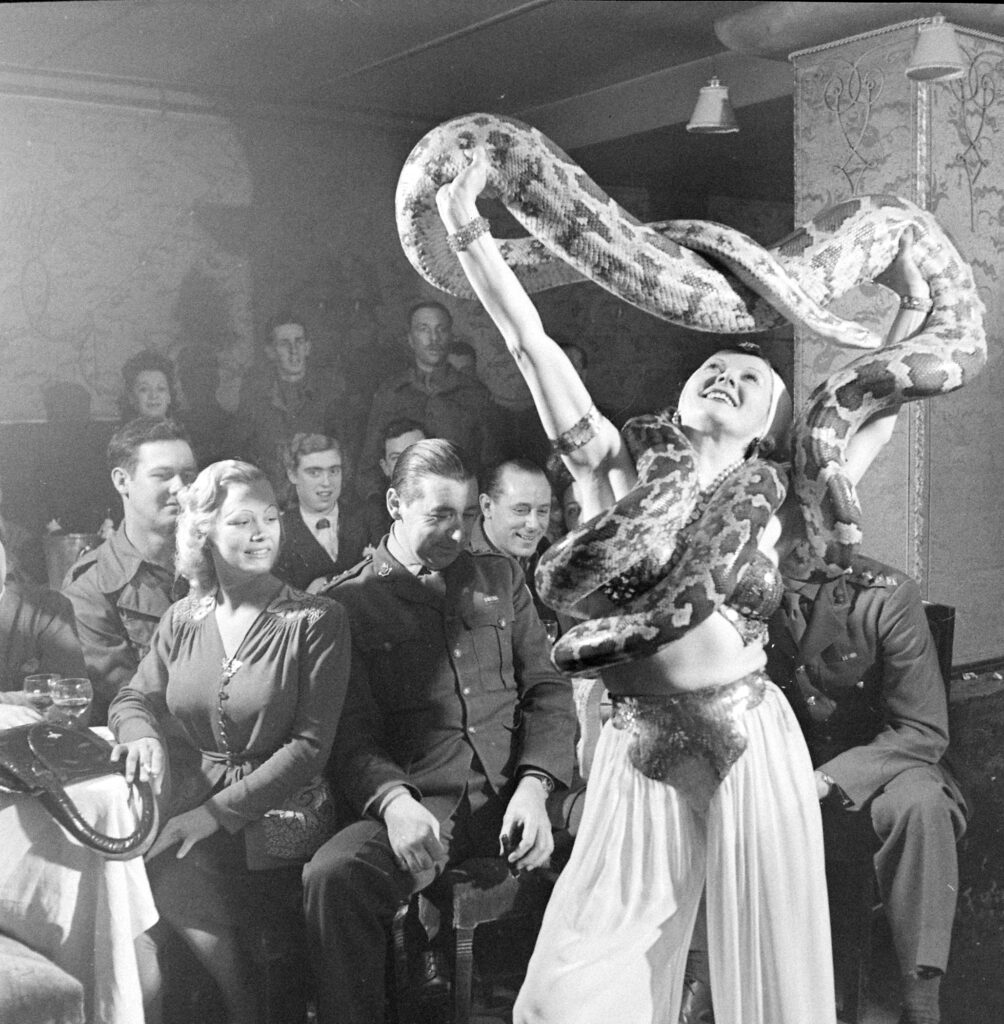Millions of tourists each year come to stroll the stone walkways of Florence, where the Italian Renaissance echoes around the beautifully preserved city center. The art and architecture have dazzled visitors for more than 500 years. But during the 20th century history’s boot stepped hard on Florence, as it endured fascism and also a historic flood.
In 1935 LIFE photographer Alfred Eisenstaedt visited Florence and captured the beauty of the city, with views of monks walking along the Arno river and a cat finding quiet on one of the city’s narrow streets

Photo by Alfred Eisenstaedt/The LIFE Picture Collection © Meredith Corporation

Photo by Alfred Eisenstaedt/The LIFE Picture Collection © Meredith Corporation
In May 1938, with fascists taking over Europe, Adolph Hitler made an official state visit to Florence, as part of a tour that included Naples and Rome. He rode with Italian prime minister Benito Mussolini as he toured Florence. in a work called “Hitlerian Spring” the Italian poet Eugenio Montale wrote of the visit: “Not long ago on the main street an infernal messenger flew.”

Photo by Hugo Jaeger/The LIFE Picture Collection © Meredith Corporation

Photo by Hugo Jaeger/The LIFE Picture Collection © Meredith Corporation
American soldiers came Europe to beat back the forces of fascism, and on January 1, 1945, the military decided to stage American-style football bowl games around the world to build troop morale. Florence was the site of the Spaghetti Bowl at Berta Stadium in Florence, with an estimated 20,000 in attendance. The day began with college-style pageantry, and the game was won by the Fifth Army, which shut out the 12th Air Force by a score of 20-0.

Photo by Margaret Bourke-White/The LIFE Picture Collection © Meredith Corporation

Margaret Bourke-White/The LIFE Picture Collection © Meredith Corporation
In 1966 Florence experienced its worst flooding in four centuries as heavy rains caused the Arno to overflow its banks. Here Michelangelo’s David stood tall on his pedestal as floodwaters reached the Accademia Gallery. The painting “Christ and the Wife of Zebedee” by Florentine artist Matteo Rosselli (1578-1650) was carried to safety. A fresco by Paolo Ucello was removed from the Church of Santa Maria Novello for restoration.

Photo by David Lees/The LIFE Picture Collection © Meredith Corporation

Photo by David Lees/The LIFE Picture Collection © Meredith Corporation

Photo by David Lees/The LIFE Picture Collection © Meredith Corporation
Restorers worked on the 14th century fresco The Last Supper by Taddeo Gaddi at the Basilica of Santa Croce. The work required to repair flood damage to Florence’s historic art is said to have spurred advancements in the field of art restoration. Restorers and their supporters were dubbed “mud angels.”

Photo by David Lees/The LIFE Picture Collection © Meredith Corporation


















